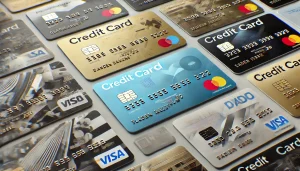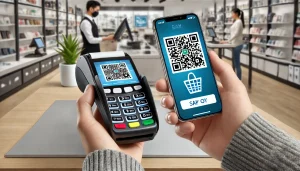Microcredit: a powerful tool for socio-economic upliftment, is steadily transforming the landscape in the U.S., providing opportunities where traditional banking systems often fall short. Microloans, typically small-scale loans offered to individuals or small businesses, are creating waves of change across various communities.
These financial tools empower entrepreneurs, especially those from underserved backgrounds, helping them to start or expand their businesses. The impact goes beyond financial growth, fostering a sense of independence and resilience among borrowers.
The role of microcredit in economic empowerment

Microcredit plays a crucial role in economic empowerment by providing much-needed capital to individuals who traditionally lack access to conventional banking services. Small loans enable these aspiring entrepreneurs to invest in their ideas, purchase necessary equipment, and manage operational costs.
This financial support can be a lifeline for those looking to break free from the cycle of poverty. By offering these loans, microfinance institutions not only support business growth but also stimulate local economies.
As small businesses thrive, they create jobs and contribute to community development. This ripple effect can significantly boost the overall economic health of the region. Furthermore, microloans often come with lower interest rates compared to predatory lenders, making them an affordable option for borrowers.
Building confidence and financial independence
One of the most profound impacts of microcredit is its ability to instill confidence and financial independence in borrowers. Many recipients are women or minorities who have faced significant barriers to accessing traditional financial services.
Microloans provide them with the capital needed to pursue their entrepreneurial dreams. As these individuals successfully manage their loans and grow their businesses, they gain a sense of accomplishment and self-reliance.
This boost in confidence can have far-reaching effects, encouraging them to take on new challenges and invest in their personal and professional growth. Moreover, the success stories of microloan recipients often inspire others within their communities to pursue similar paths, creating a culture of entrepreneurship and innovation.
Navigating challenges and ensuring sustainability
While microcredit has transformative potential, it is not without its challenges. Ensuring sustainability and responsible lending practices is crucial to the long-term success of microfinance initiatives. Lenders must carefully assess the creditworthiness of applicants to minimize the risk of defaults.
Additionally, providing borrowers with financial education and support is essential. Many microloan recipients may lack experience in managing finances or running a business. Offering training and resources can help them make informed decisions, reducing the likelihood of failure.
Microfinance institutions also need to address the issue of scalability. As demand for microloans grows, ensuring that systems and processes can handle increased volume without compromising service quality is vital.
The broader impact of microcredit in the U.S.
The influence of microcredit extends beyond individual entrepreneurs. It contributes to addressing systemic issues of economic inequality and financial exclusion. By empowering underserved communities, microloans help bridge the gap between different socio-economic groups. This financial inclusion can lead to more diverse and equitable economic growth.
As more people gain access to the capital they need to succeed, wealth distribution becomes more balanced, fostering a more inclusive economy. Furthermore, successful micro-enterprises can serve as a catalyst for innovation. Small businesses often bring fresh ideas and unique services to the market, driving competition and benefiting consumers.
Success stories: real-life examples of transformation
One of the most compelling aspects of microcredit is the real-life success stories that illustrate its impact. Take, for example, Maria, a single mother from a low-income neighborhood who received a microloan to start her own catering business. With this financial assistance, she was able to buy kitchen equipment and ingredients, leading to a successful venture that now supports her family.
Similarly, John, an aspiring entrepreneur from a marginalized community, used his microloan to open a small retail shop. This business not only provided him with a stable income but also created jobs for others in his neighborhood.
These stories highlight the transformative power of microcredit and its ability to change lives. They serve as inspiring examples of how small financial investments can lead to significant personal and communal growth.
Looking forward: the future of microcredit
As we look to the future, the potential for microcredit to drive social and economic change in the U.S. remains promising. Technological advancements, such as digital lending platforms, can enhance accessibility and efficiency, making it easier for more individuals to access microloans.
Furthermore, partnerships between microfinance institutions and larger financial organizations can provide the necessary support and resources to scale these initiatives. Collaborative efforts can lead to innovative solutions that address the evolving needs of borrowers.
Lastly, ongoing advocacy for financial inclusion and education is crucial. Promoting awareness about the benefits of microcredit and ensuring that borrowers have the knowledge to make informed decisions will be key to sustaining its positive impact.







